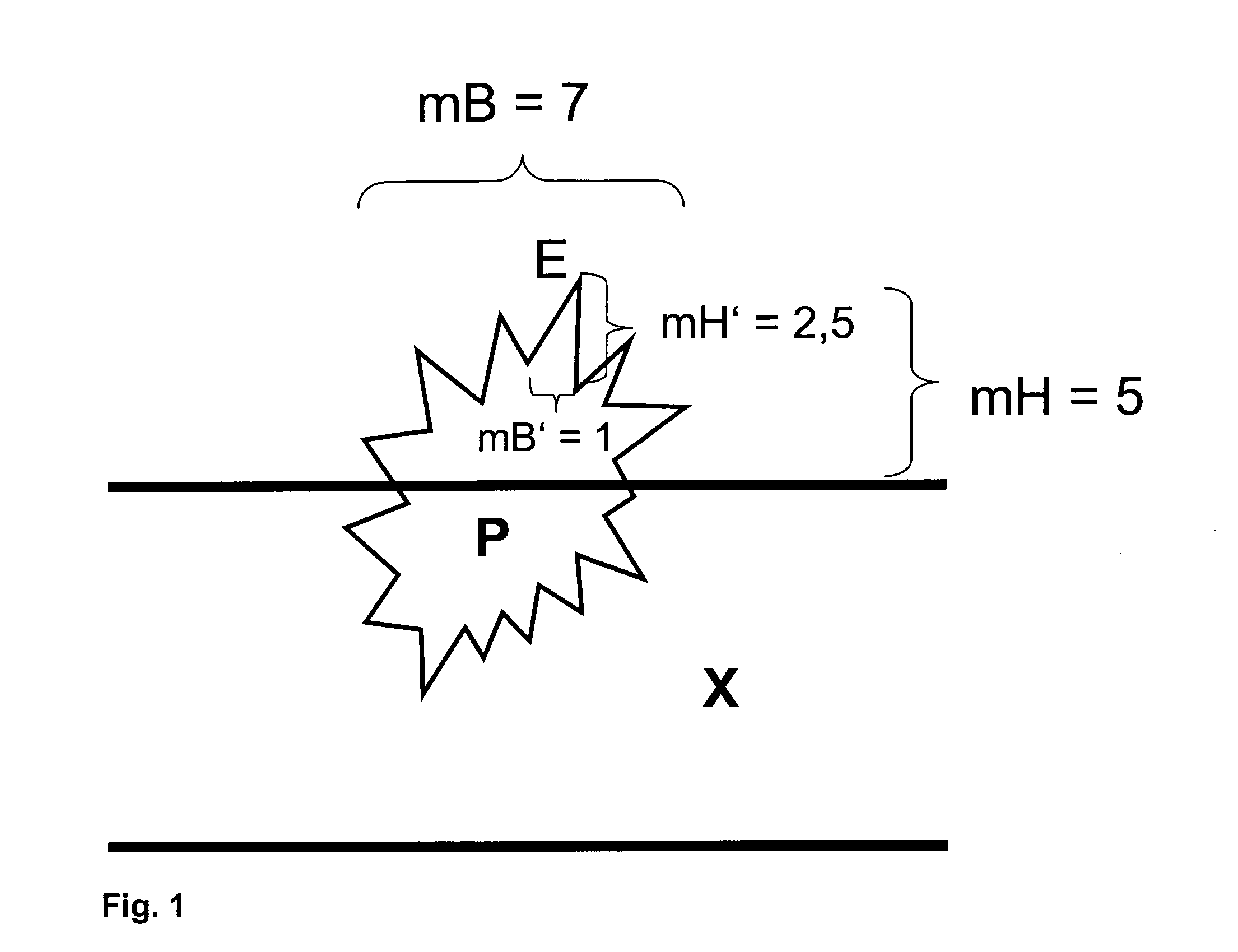Enhancing the watertightness of textile sheetlike constructions, textile sheetlike constructions thus finished and use thereof
a technology of textile sheets and watertightness, applied in the direction of weaving, traffic signals, roads, etc., can solve the problems of preventing universal application of these materials, high price, and complicated manufacturing, and achieve the effect of reducing the permeability of liquid water and not reducing the water vapor permeability
- Summary
- Abstract
- Description
- Claims
- Application Information
AI Technical Summary
Benefits of technology
Problems solved by technology
Method used
Image
Examples
example 1
[0051] A woven polyester fabric, 20 μm fiber diameter, is dipped for 10 seconds into a hot suspension of 1% by weight of Aerosil VPLE 8241 in decalin at 50° C. The fabric is then dried, no solvent remaining on the surface.
[0052] To verify watertightness, the fabric is stretched underneath a glass column 2.5 cm in diameter. The glass column is then gradually filled with water from the top. The filling operation was stopped once the second drop of water had been forced through the treated fabric of the present invention. The water column generated at that time in the glass column was measured. An untreated fabric was tested in the same way. It was determined that the fabric treated according to the present invention was capable of supporting a 25 cm water column before the second drop of water was forced through the fabric. The untreated fabric tested for comparison was found to be capable of supporting just a 4 cm water column before the second drop of water was forced through the f...
example 2
[0053] A woven polyester fabric, 15 μm fiber diameter, is dipped for 10 seconds into a hot suspension of 1% by weight of Aerosil VPLE 8241 in toluene at 50° C. The fabric is then dried, no solvent remaining on the surface.
[0054] To verify watertightness, the fabric was examined as in Example 1. It was determined that the fabric treated according to the present invention was capable of supporting a 110 cm water column before the second drop of water was forced through the fabric. The untreated fabric tested for comparison was found to be capable of supporting just a 40 cm water column before the second drop of water was forced through the fabric. The treatment of the present invention had increased the watertightness of the polyester fabric by more than 100%.
PUM
| Property | Measurement | Unit |
|---|---|---|
| Temperature | aaaaa | aaaaa |
| Temperature | aaaaa | aaaaa |
| Temperature | aaaaa | aaaaa |
Abstract
Description
Claims
Application Information
 Login to View More
Login to View More - R&D
- Intellectual Property
- Life Sciences
- Materials
- Tech Scout
- Unparalleled Data Quality
- Higher Quality Content
- 60% Fewer Hallucinations
Browse by: Latest US Patents, China's latest patents, Technical Efficacy Thesaurus, Application Domain, Technology Topic, Popular Technical Reports.
© 2025 PatSnap. All rights reserved.Legal|Privacy policy|Modern Slavery Act Transparency Statement|Sitemap|About US| Contact US: help@patsnap.com

